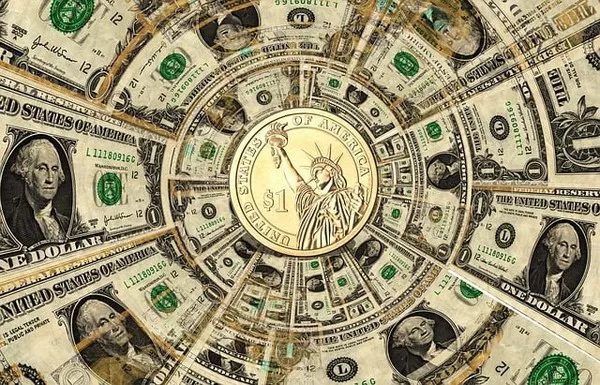In the United States, the faces on currency carry deep historical significance, representing figures whose contributions have shaped the nation’s story. One such individual immortalized on the $5 bill is Abraham Lincoln, the 16th President of the United States. His presence on this denomination reflects not only his pivotal role in American history but also highlights the enduring impact of his leadership, particularly during one of the nation’s most challenging periods—the Civil War.
A Glimpse into Lincoln’s Life
Abraham Lincoln was born on February 12, 1809, in a log cabin in Kentucky. Despite humble beginnings, Lincoln’s thirst for knowledge and determination propelled him to become a self-taught lawyer and a prominent political figure. He was known for his tall stature, his distinctive beard, and his dedication to principles of equality and justice.
Lincoln’s political career gained momentum in the mid-1800s when he emerged as a leader within the newly formed Republican Party. In 1860, he was elected as the President of the United States, at a time when the nation was deeply divided over the issue of slavery. His election triggered a series of events that ultimately led to the secession of Southern states and the onset of the Civil War.
Lincoln’s Impact on American History
Abraham Lincoln’s presidency is defined by his unwavering commitment to preserving the Union and his bold actions to abolish slavery. During his tenure, he issued the Emancipation Proclamation in 1863, a landmark executive order that declared all enslaved individuals in Confederate-held territories to be free. This declaration fundamentally changed the nature of the Civil War, framing it as a conflict not just to preserve the Union but also to end the institution of slavery.
Moreover, Lincoln’s enduring legacy is enshrined in his leadership during one of the nation’s darkest hours. Despite facing immense challenges—political opposition, military setbacks, and personal tragedy—Lincoln’s resolve never wavered. His powerful rhetoric, including the iconic Gettysburg Address delivered in 1863, articulated the nation’s foundational principles of equality and democracy.
The Emancipation Proclamation and its Significance
The Emancipation Proclamation, issued on January 1, 1863, marked a pivotal moment in American history. Although it did not immediately free all enslaved individuals (as it applied only to Confederate territories not under Union control), it laid the groundwork for the eventual abolition of slavery nationwide. The proclamation also transformed the nature of the Civil War, reframing it as a moral crusade against the institution of slavery and inspiring thousands to enlist in the Union Army.
Lincoln’s Enduring Symbolism
Abraham Lincoln’s presence on the $5 bill serves as a reminder of his enduring legacy and the values he embodied. Beyond his political achievements, Lincoln is revered for his humility, integrity, and steadfast leadership during a tumultuous period in American history. His tragic assassination in 1865, just days after the end of the Civil War, further cemented his status as a martyr for the cause of freedom and unity.
Evolution of the $5 Bill
The depiction of Abraham Lincoln on the $5 bill has evolved over time. The current design, featuring Lincoln’s portrait on the front and the Lincoln Memorial on the back, was introduced in 1929. Prior to this, the bill underwent several redesigns, reflecting changes in security features and artistic interpretations.
Lincoln’s Lasting Influence
Abraham Lincoln’s influence extends far beyond his presidency. His leadership style, characterized by empathy and pragmatism, continues to inspire leaders across the political spectrum. His commitment to upholding democratic principles, even in times of adversity, underscores the resilience of the American experiment.
Commemorating Lincoln’s Legacy
In addition to his depiction on currency, Abraham Lincoln’s legacy is commemorated through various memorials and monuments across the country. The Lincoln Memorial in Washington, D.C., stands as a testament to his enduring impact on American history. Designed by architect Henry Bacon and featuring a monumental statue of Lincoln by sculptor Daniel Chester French, the memorial has become a symbol of national unity and reverence.
See Also Is the Singapore Dollar Tied to the US Dollar?
Conclusion
Abraham Lincoln’s presence on the $5 bill is more than a tribute to a former president; it is a symbol of America’s ongoing journey toward justice and equality. His life and leadership exemplify the enduring ideals that continue to shape the nation. As we reflect on the faces that grace our currency, we are reminded of the individuals whose legacies transcend time and whose contributions continue to resonate in the fabric of American society. Abraham Lincoln’s legacy as a unifier, emancipator, and defender of democracy remains etched in history, symbolized by his enduring place on the $5 bill.


